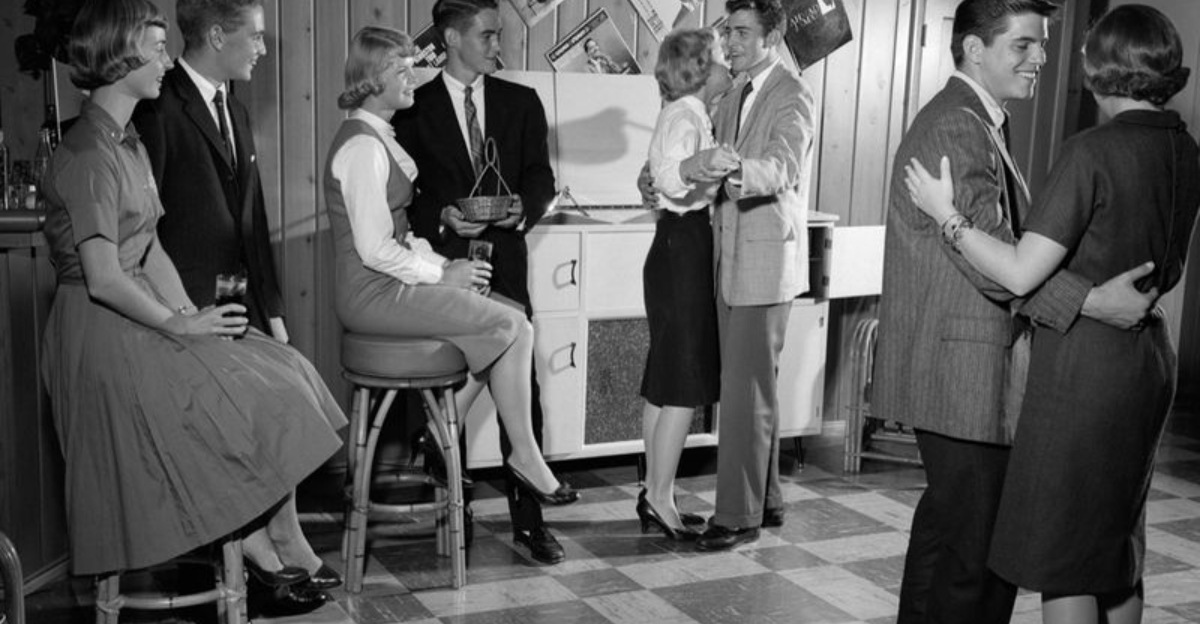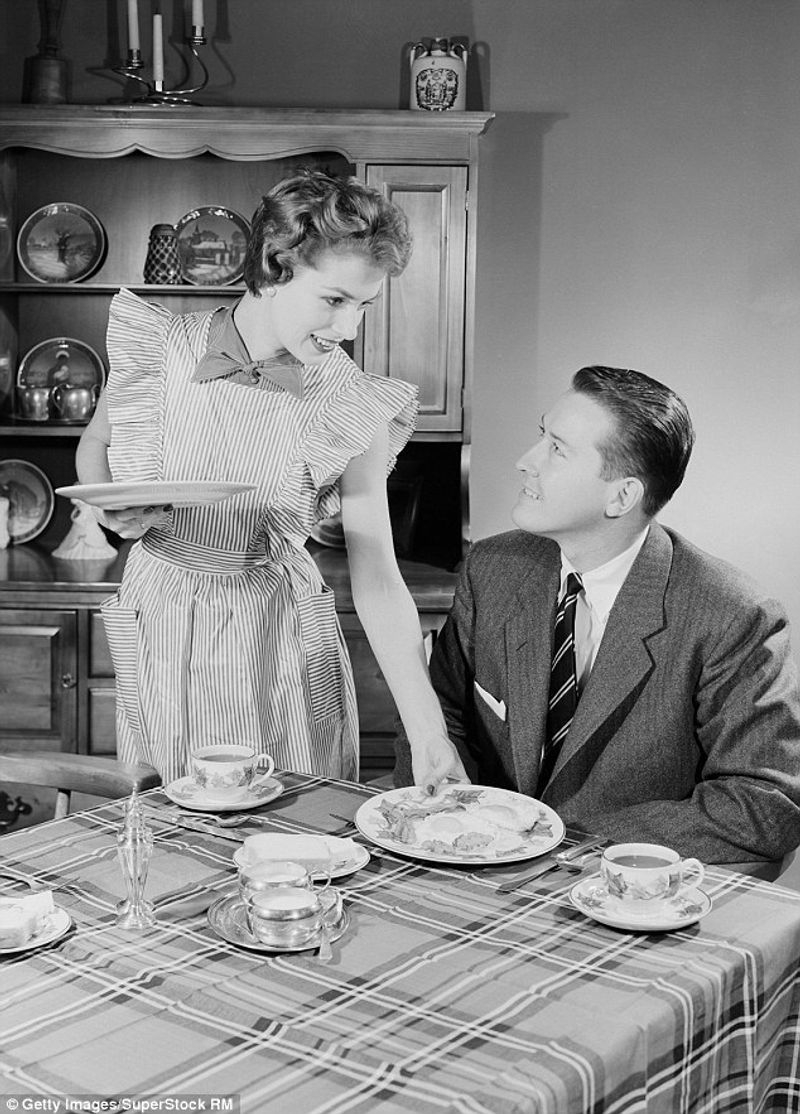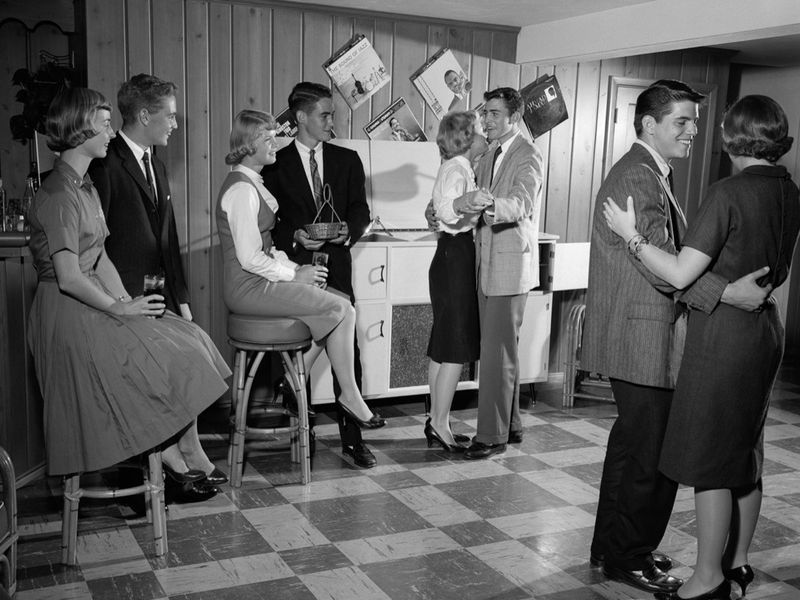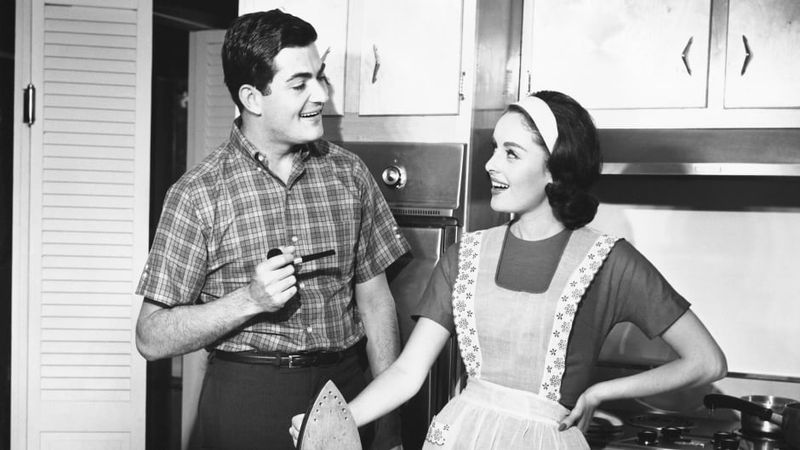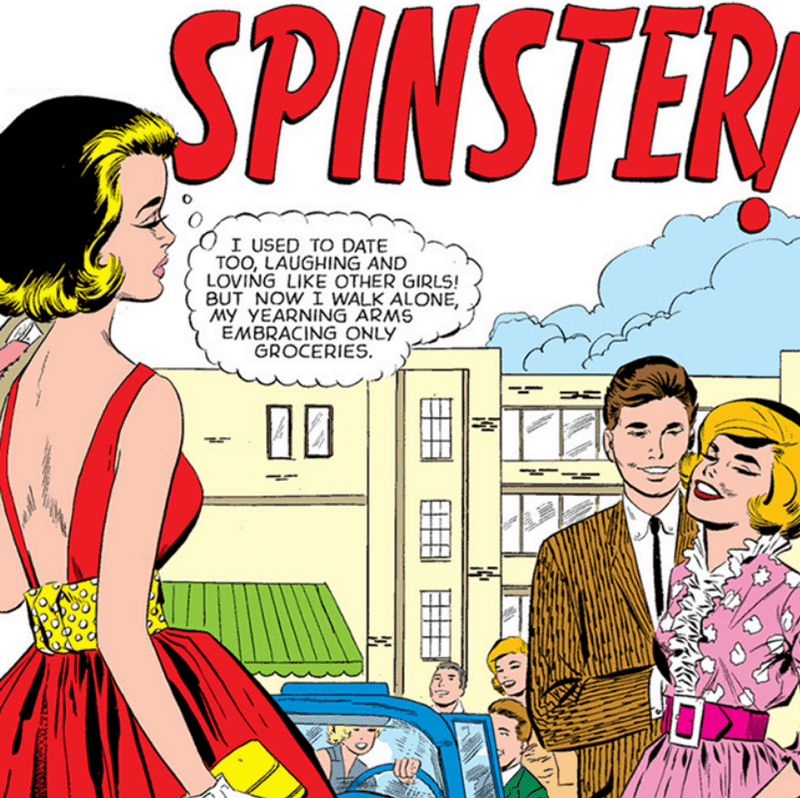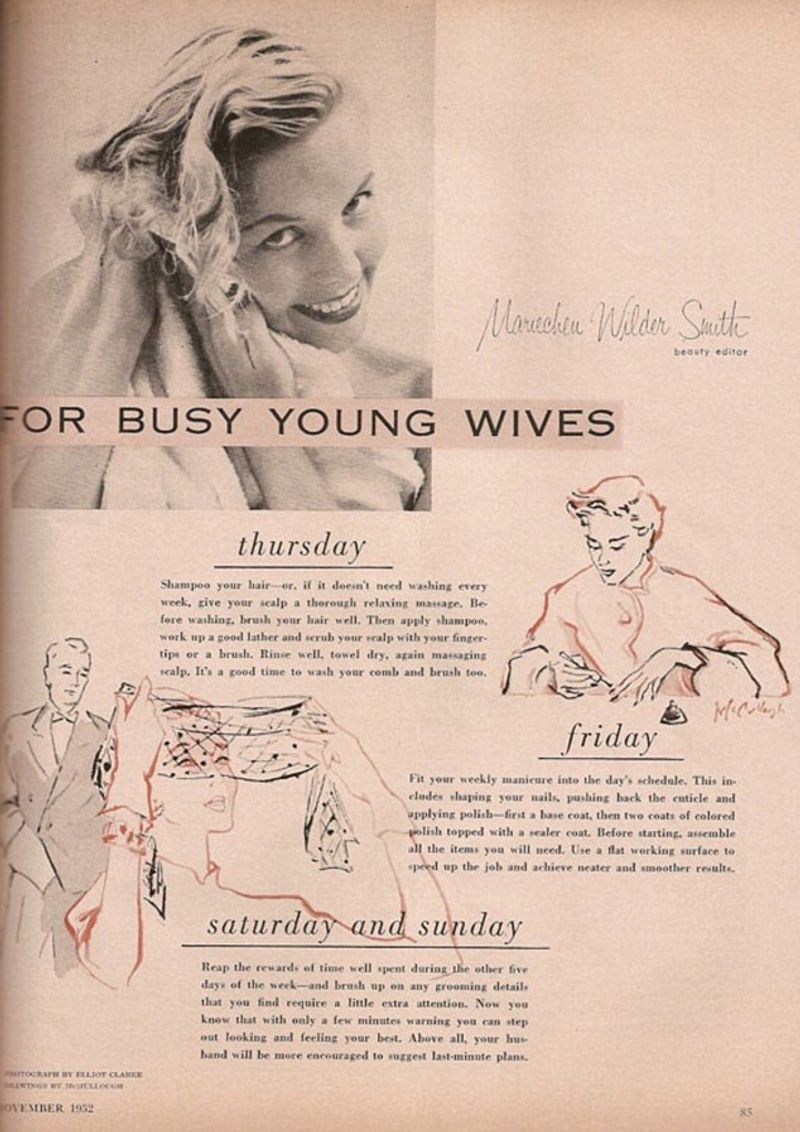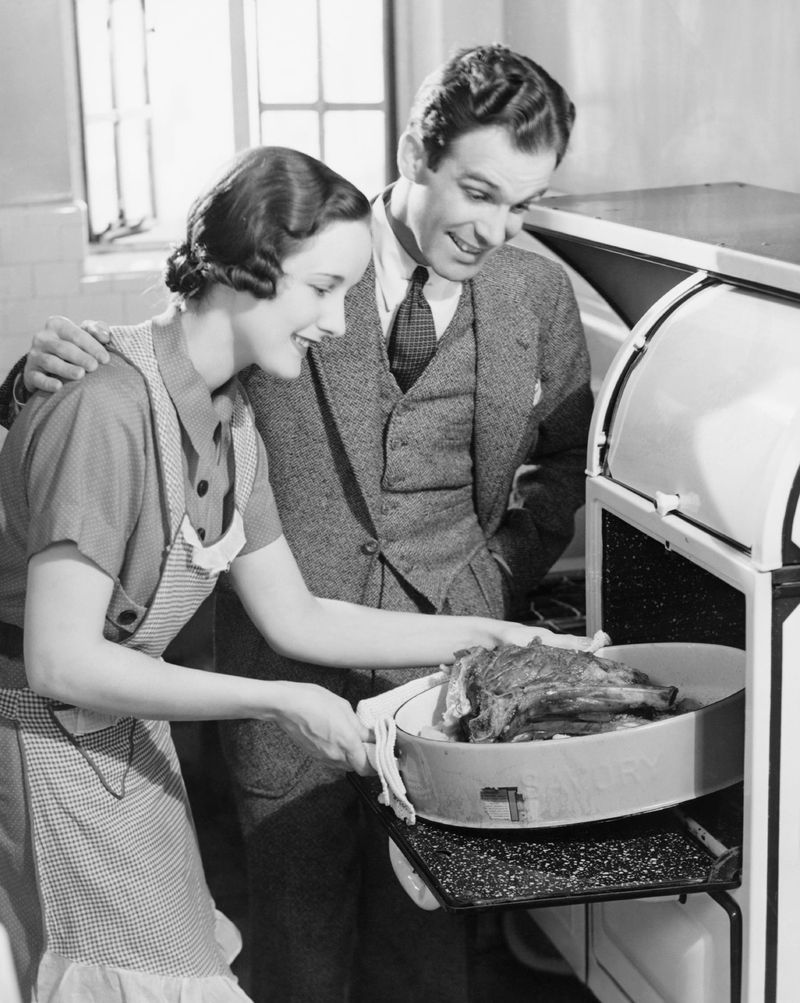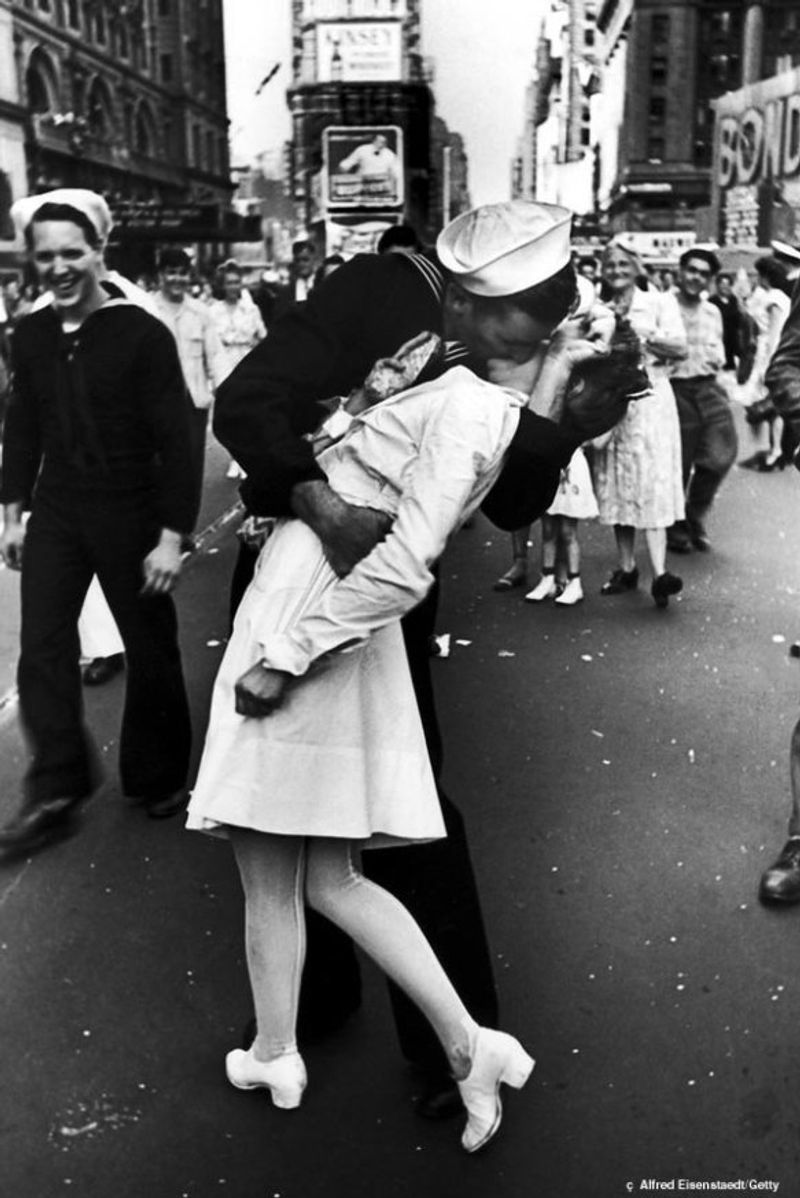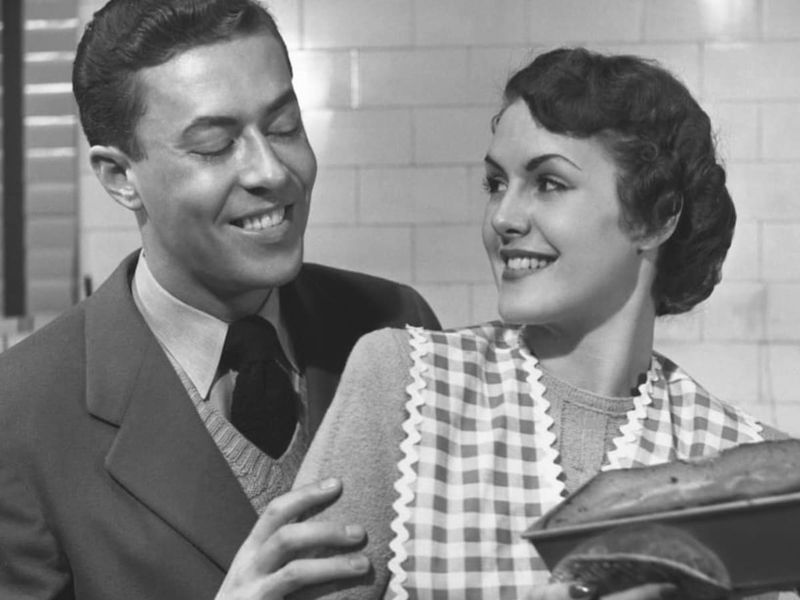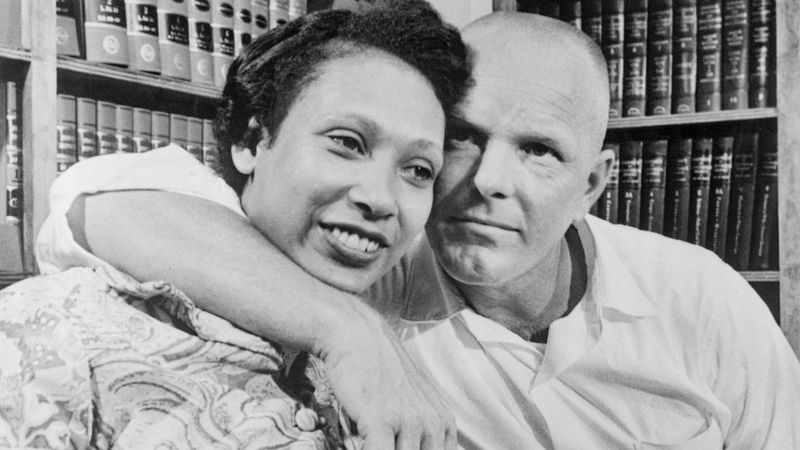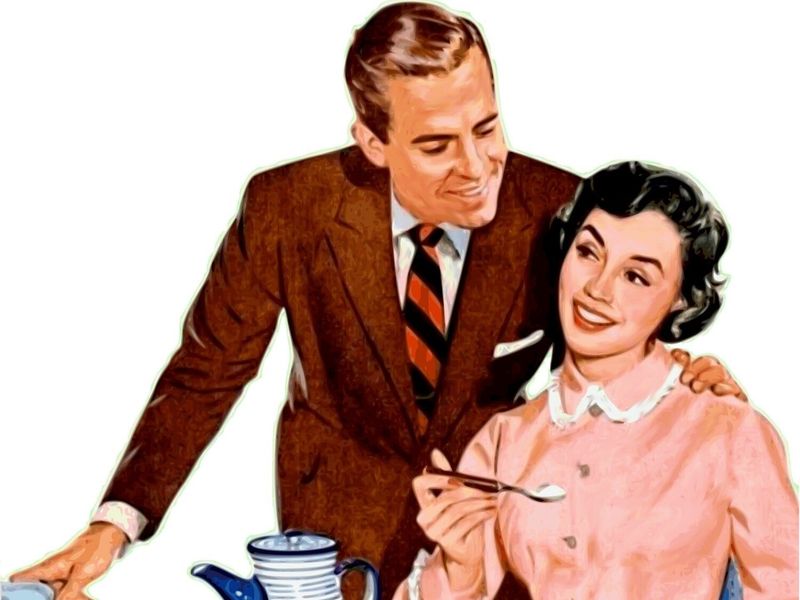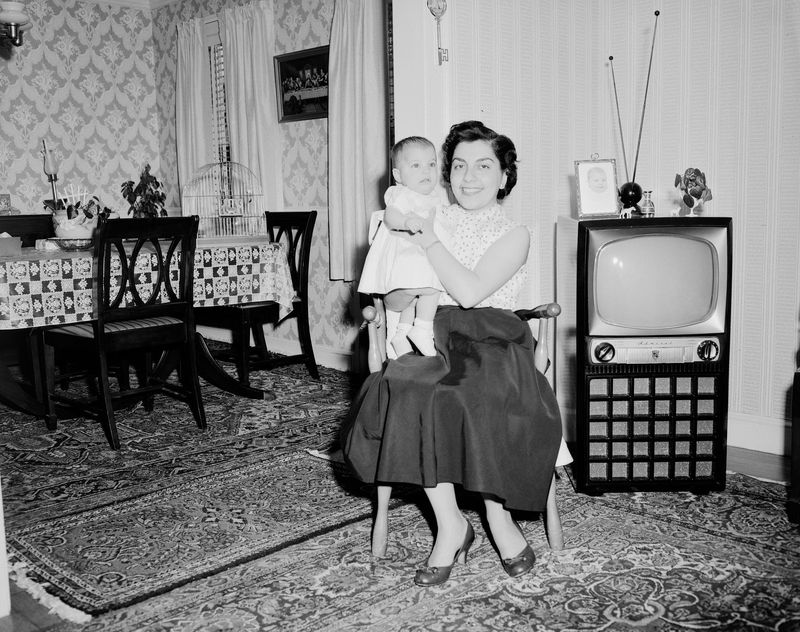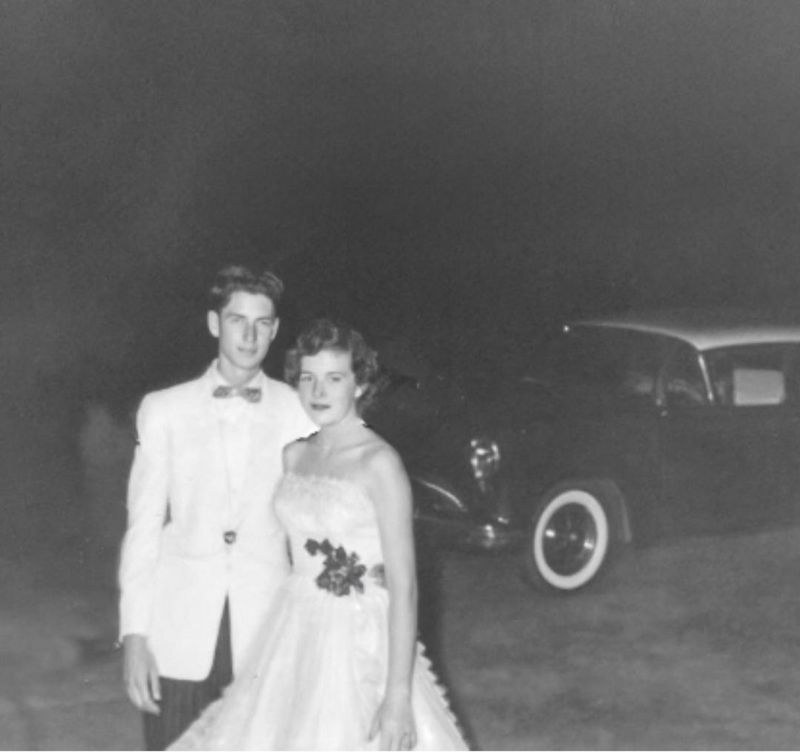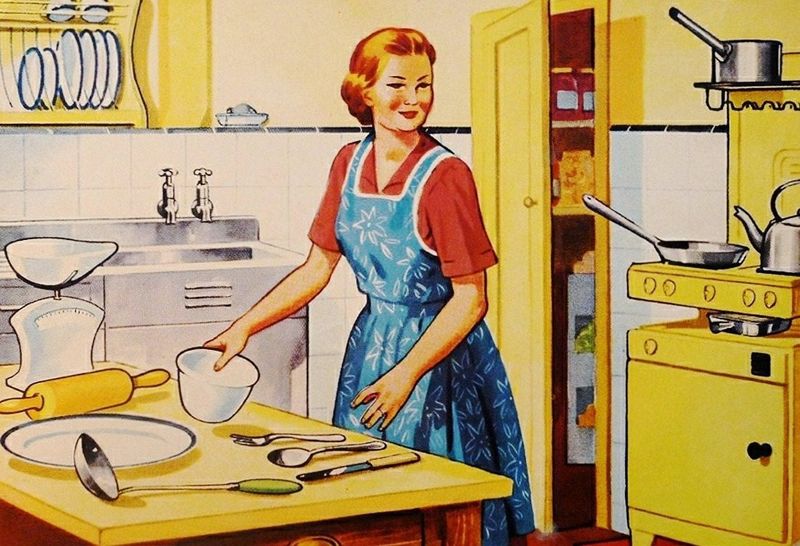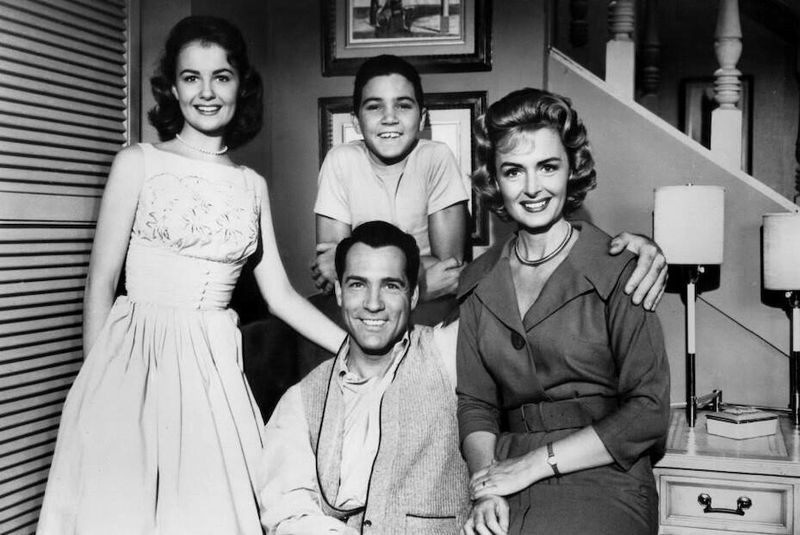Marriage has changed dramatically since the 1950s. Back then, rigid gender roles and social expectations defined what it meant to be a husband or wife. These old-fashioned ideas about marriage shaped everything from household chores to career choices. Looking back at these outdated beliefs shows just how far society has come in redefining what makes a healthy partnership.
1. A Wife’s Primary Purpose: Serving Her Husband
Women were expected to dedicate their entire existence to keeping their husbands happy. Magazines and marriage manuals explicitly instructed wives to prioritize their husband’s needs above all else – including their own desires and well-being.
This one-sided devotion meant preparing his favorite meals, maintaining a spotless home, and ensuring his comfort at all times. A “good wife” never complained about this arrangement.
The concept of equal partnership was virtually nonexistent. Women who expressed needs of their own were often labeled as selfish or difficult, creating an environment where female identity was completely subordinate to the marriage.
2. Keep Marital Problems Behind Closed Doors
Families maintained perfect facades regardless of what happened at home. Discussing marital problems with friends or family was considered deeply shameful and disloyal to your spouse and the institution of marriage itself.
This secrecy created isolation for those in troubled relationships. Without support systems or outside perspective, many couples suffered in silence through abuse, addiction, and profound unhappiness.
The pressure to appear flawless extended to social gatherings where couples performed happiness. Even close friends rarely knew what was truly happening in each other’s marriages, perpetuating the illusion that everyone else had perfect relationships.
3. Husband Has Final Say In All Decisions
Marriage in the 1950s operated under a clear hierarchy – the husband made decisions while the wife implemented them. Men controlled finances completely, often giving wives an “allowance” for household expenses while maintaining sole access to bank accounts and investments.
Major life choices like where to live, what car to buy, or when to have children were ultimately the husband’s domain. A wife’s input was secondary at best, completely disregarded at worst.
This power imbalance extended to social calendars and friendships. Many wives needed permission to visit family or spend time with friends, creating a dynamic more like parent-child than equal partnership.
4. Marriage: A Woman’s Ultimate Achievement
Society viewed unmarried women with suspicion and pity. The term “old maid” wasn’t just descriptive – it carried harsh judgment about a woman’s worth and desirability. College education for women was often marketed as a way to find a suitable husband rather than pursue intellectual growth.
Family pressure to marry began early. Young women who showed more interest in careers than marriage faced intervention from parents and even school counselors who worried about their “priorities.”
Women who remained single past their mid-twenties faced increasing social isolation. Invitations dwindled as they didn’t fit neatly into couple-oriented social gatherings, creating a self-reinforcing cycle pushing women toward marriage.
5. Always Look Pretty For Your Man
Beauty wasn’t optional – it was a wife’s duty. Actual 1950s magazines advised women to touch up makeup and change into fresh clothes before their husbands arrived home, no matter how exhausting their day had been. The husband should never see his wife looking anything less than put-together.
This standard applied even during illness. Women were expected to maintain their appearance while sick, with some advice columns suggesting keeping “bedtime beauty kits” ready.
The double standard was glaring. While wives maintained immaculate appearances, husbands faced no similar expectations. A man could return home disheveled without comment, while a wife’s messy hair could be interpreted as “letting herself go.”
6. Men Don’t Do Housework Or Childcare
Household labor was strictly divided along gender lines. Men who participated in childcare were often mocked by peers for doing “women’s work.” Changing diapers, bathing children, and bedtime routines fell exclusively to mothers, regardless of whether they also worked outside the home.
This division extended to all domestic tasks. Men who cooked or cleaned risked being seen as emasculated or dominated by their wives. The rare husband who helped around the house typically kept it secret from male friends.
The concept of “babysitting” one’s own children originated in this era. When fathers spent time with their children, it was considered a favor to their wives rather than fulfilling their parental responsibility.
7. Intimate Matters Are Never Discussed
Physical intimacy existed in a strange paradox – expected but never acknowledged. Many couples entered marriage with almost no knowledge about sex because discussions about intimate matters were considered vulgar and inappropriate, even between spouses.
Women especially suffered from this silence. Female pleasure was rarely considered, and many wives endured decades of marriage without basic understanding of their own bodies or needs.
This communication barrier extended beyond the bedroom. Reproductive decisions, menstruation, and even pregnancy symptoms were discussed in euphemisms if mentioned at all. The resulting isolation meant many couples never developed true intimacy despite years of marriage.
8. Wives Should Overlook Husband’s Infidelity
Double standards ruled marital fidelity. Men’s extramarital affairs were often treated as unfortunate but somewhat expected behavior. Women were advised to ignore indiscretions to preserve their marriage and social standing.
This tolerance didn’t extend to wives. Female infidelity was grounds for immediate divorce and social ostracism. The same behavior deemed forgivable in men was considered unforgivable moral failure in women.
Marriage counselors and religious leaders often advised women that male affairs resulted from wives’ failings. If a husband strayed, it supposedly meant his wife wasn’t attentive enough, attractive enough, or satisfying enough – placing responsibility for male behavior squarely on women’s shoulders.
9. A Wife Can’t Refuse Her Husband’s Advances
The concept of consent within marriage simply didn’t exist. Legal systems throughout America operated under the assumption that marriage constituted permanent consent – making it impossible for a wife to charge her husband with rape, regardless of force or coercion used.
Religious teachings reinforced this perspective. Many denominations taught that fulfilling a husband’s physical desires was a wife’s sacred duty, with no allowance for her own feelings or wellbeing.
Women who resisted faced accusations of failing as wives. Medical journals from the era even pathologized women who didn’t desire frequent intimacy, suggesting psychological treatment for wives who “denied” their husbands.
10. Interracial Marriages Are Unacceptable
Marrying outside one’s race wasn’t just socially taboo – it was illegal in many states until the Supreme Court’s Loving v. Virginia decision in 1967. Couples who defied these laws faced criminal charges, imprisonment, and forced separation.
The social consequences were equally severe. Interracial couples often lost relationships with family members, faced employment discrimination, and were excluded from housing opportunities. Many were forced to relocate to more tolerant regions or even leave the country.
Children of these unions faced particular challenges. Schools, neighborhoods, and social groups often rejected mixed-race children, forcing them to navigate hostile environments from an early age.
11. Husbands Must Be The Sole Provider
A man’s worth was measured by his ability to financially support his family without assistance from his wife. Working wives reflected poorly on their husbands, suggesting he was inadequate as a provider and lacking in masculinity.
Women with professional ambitions faced significant barriers. Many employers required a husband’s written permission before hiring married women, and it was perfectly legal to fire women once they married or became pregnant.
This arrangement created vulnerability for wives. Without independent income or credit history, women became completely dependent on their husbands. This financial control made leaving unhappy or abusive marriages nearly impossible for many women.
12. Children Should Be Seen And Not Heard
Family hierarchy extended to children, who were expected to show absolute deference to adults. Dinnertime especially enforced this principle – children spoke only when spoken to and never interrupted adult conversations regardless of circumstances.
Discipline methods reinforced this dynamic. Physical punishment was common and accepted, with phrases like “wait until your father gets home” using paternal authority as a control mechanism.
This approach extended beyond the home. Children were expected to present as miniature adults in public settings. Showing emotion, expressing disagreement with adults, or displaying natural childlike energy in inappropriate settings could bring severe consequences and reflected poorly on parents, especially mothers.
13. Marriage Should Happen Young – Right After High School
Marrying young wasn’t just normal – it was expected. Women who remained single past 21 faced increasing social pressure and questions about their desirability. High school sweethearts often married immediately after graduation with full community support.
This rush to the altar had practical impacts. Many young couples had no chance to develop independent identities or life skills before taking on marriage responsibilities. Financial struggles were common as young husbands entered the workforce without education or experience.
The emphasis on youth meant couples grew up together – literally. People who married at 18 were entirely different individuals by 30, leading to compatibility issues that hadn’t existed during courtship. With divorce stigmatized, many spent decades with partners chosen by their teenage selves.
14. Wives Must Maintain A Happy Facade
Women bore responsibility for the emotional climate of their homes. A wife’s unhappiness was considered a character flaw rather than a legitimate response to circumstances. Depression, anxiety, and other mental health struggles were dismissed as “female hysteria” or attention-seeking behavior.
This expectation created impossible standards. Women experiencing genuine hardships – from postpartum depression to grief over lost dreams – had to hide their feelings to maintain the ideal of the perpetually cheerful wife.
The pressure created a market for pharmaceutical solutions. Doctors readily prescribed tranquilizers to housewives, creating the “mother’s little helper” phenomenon where women medicated themselves to maintain the required pleasant demeanor regardless of their authentic emotions.
15. Women Must Take Their Husband’s Last Name
A woman’s identity literally changed upon marriage. Keeping one’s birth name wasn’t just unusual – it was practically impossible. Legal documents, banking systems, and social institutions refused to recognize married women by anything other than their husband’s surname.
This name change symbolized the transfer of a woman from her father’s authority to her husband’s. The tradition explicitly connected to historical views of wives as property, though this origin was rarely acknowledged.
Women who attempted to maintain their birth names faced practical obstacles at every turn. From being unable to check into hotels to difficulties obtaining driver’s licenses, the system simply wasn’t designed to accommodate married women with independent identities.
16. Husbands Can Physically Discipline Their Wives
Physical “correction” of wives was tacitly accepted across many communities. Police rarely intervened in domestic violence situations, considering them private family matters rather than criminal behavior. The phrase “rule of thumb” originated from the legal principle that a husband could beat his wife with a stick no thicker than his thumb.
Women had few protections against abusive spouses. Shelters for battered women didn’t exist, and family members often sent wives back to abusive situations to “work things out.”
The normalization of violence extended to popular culture. Films, television, and advertising frequently portrayed threatening or aggressive behavior toward women as humorous or deserved – reinforcing the idea that physical intimidation was an acceptable way to maintain control in marriage.
